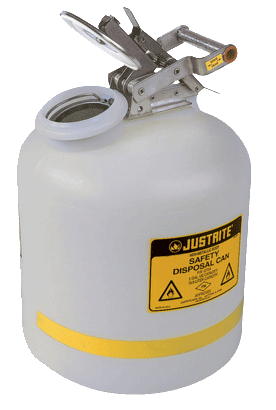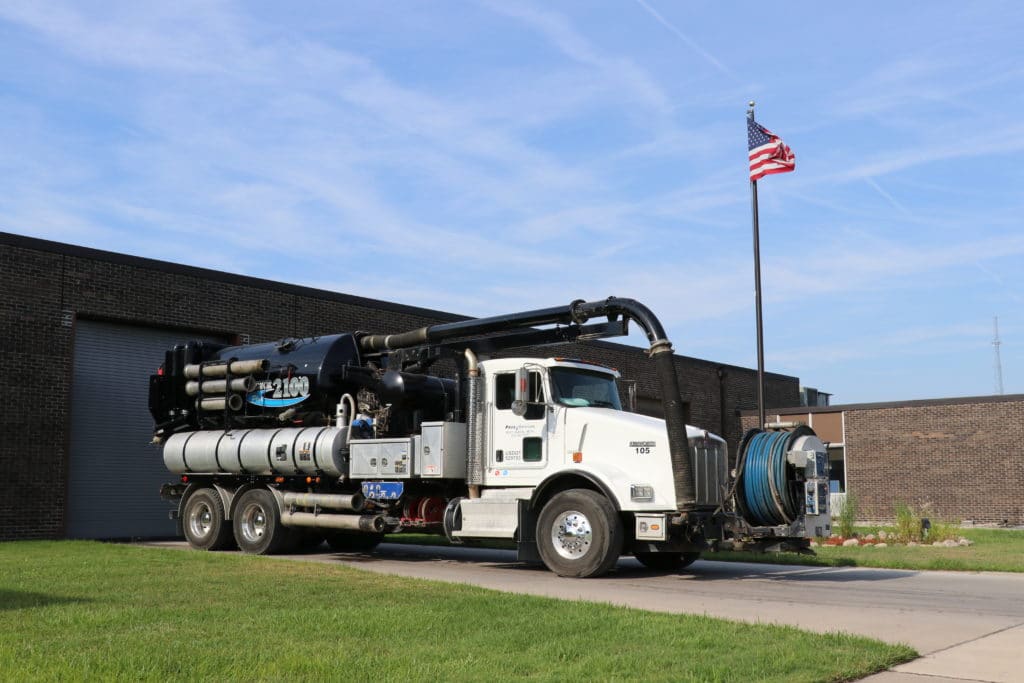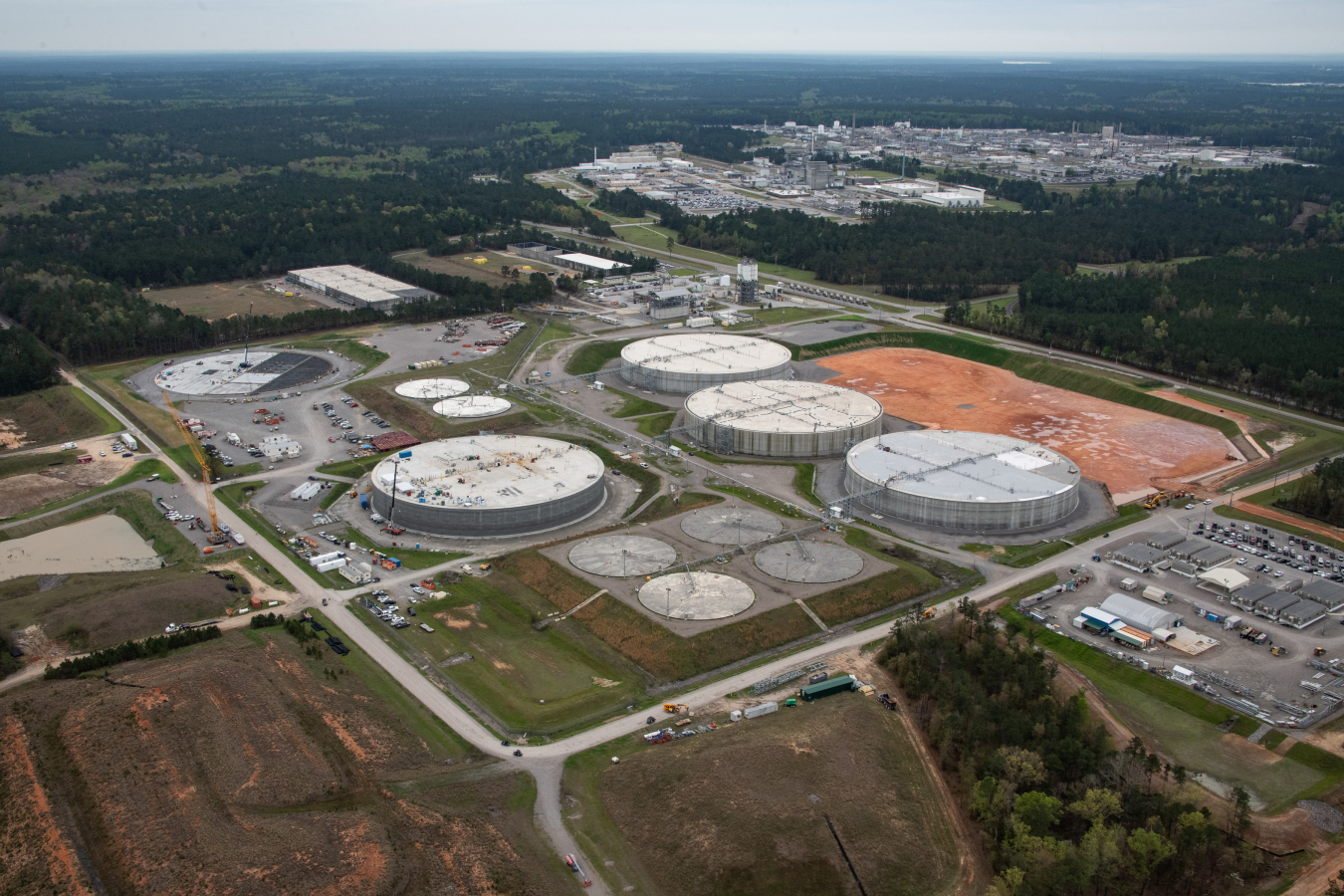Safe and Sustainable Liquid Waste Disposal: Your Go-To Provider
Safe and Sustainable Liquid Waste Disposal: Your Go-To Provider
Blog Article
Exactly How Liquid Waste Disposal Functions: An In-depth Introduction of Techniques and Technologies Employed

Summary of Fluid Waste Kind
The intricacy of fluid waste kinds demands a complete understanding of their attributes and effects for disposal. Fluid waste can extensively be categorized into several kinds, consisting of commercial, community, agricultural, and contaminated materials. Each classification displays distinct homes, requiring specific monitoring approaches to alleviate environmental and wellness dangers.
Industrial fluid waste stems from making procedures and usually has a variety of pollutants, such as heavy steels, solvents, and organic substances. Metropolitan liquid waste, primarily consisting of wastewater from families and commercial facilities, consists of organic issue, nutrients, and microorganisms (industrial wastewater treatment). Agricultural fluid waste, including runoff from ranches, may have fertilizers, chemicals, and pet waste, posing threats to water high quality and communities
Unsafe liquid waste is defined by its poisoning, reactivity, or potential to trigger injury. Recognizing these diverse liquid waste kinds is crucial for establishing reliable disposal approaches and ensuring compliance with ecological regulations.
Physical Therapy Methods

Screening is the first action, where bigger bits and debris are eliminated from the liquid waste using displays or grates. This procedure secures downstream devices from damage and ensures smoother procedure. Adhering to testing, sedimentation utilizes gravitational force to different solids from liquids. In sedimentation tanks, heavier fragments clear up near the bottom, forming a sludge layer, while the clarified fluid can be additional treated.
Filtration is an additional necessary method that entails passing the liquid through permeable materials, such as sand or membrane layers, to capture smaller sized bits. This action improves the top quality of the fluid, making it suitable for succeeding treatment procedures.

Chemical Therapy Methods
Chemical therapy methods are essential for successfully managing fluid waste, particularly in resolving dissolved and colloidal pollutants that physical methods may not adequately eliminate. These strategies utilize numerous chemical representatives to reduce the effects of, speed up, or change dangerous materials into less harmful types.
One usual method is coagulation and flocculation, where chemicals such as alum or ferric chloride are contributed to advertise the aggregation of suspended bits. This procedure enhances sedimentation, permitting less complicated removal of the resulting sludge. Furthermore, oxidation procedures, employing agents like chlorine or ozone, are utilized to damage down intricate organic substances and virus, rendering the waste much safer for discharge or additional therapy.
Neutralization is another vital strategy, which changes the pH of acidic or alkaline waste streams to neutral degrees, avoiding possible pop over here injury to downstream systems and the environment. Moreover, progressed oxidation procedures (AOPs) utilize combinations of oxidants and ultraviolet light to degrade consistent contaminants, attaining a higher level of treatment performance.
Organic Therapy Procedures
Organic therapy procedures play a crucial role in the management address of liquid waste by making use of microorganisms to decompose organic matter and reduce contaminant levels. These processes can be broadly categorized right into cardio and anaerobic therapies, each employing details microbial communities to achieve effective waste degradation.
Cardiovascular treatment involves using oxygen to facilitate the break down of organic materials by germs. This process is typically executed in activated sludge systems, where oygenation containers give a conducive atmosphere for microbial development, leading to the oxidation of organic pollutants. The resultant biomass can be divided from dealt with effluent with sedimentation.
On the other hand, anaerobic therapy happens in the absence of oxygen, relying upon various bacteria to damage down raw material. This technique is especially advantageous for high-strength waste, as it creates biogas, a renewable resource source, while reducing sludge manufacturing. Technologies such as anaerobic digesters are frequently used in commercial and municipal applications.
Both cardio and anaerobic organic treatments not just minimize the ecological impact of fluid waste however likewise facilitate source recovery, making them crucial elements of lasting waste management approaches. Their versatility, performance, and effectiveness support their prevalent execution across different fields.
Emerging Technologies in Disposal
Innovative techniques to fluid garbage disposal are rapidly developing, driven by innovations in technology and a boosting focus on sustainability. Amongst these emerging innovations, membrane bioreactors (MBRs) have actually obtained traction for their ability to integrate organic therapy with membrane filtering, leading to high-grade effluent that can be recycled in numerous applications. MBRs enable smaller impacts and extra effective procedures contrasted to standard systems.
An additional encouraging growth is the usage of anaerobic food digestion incorporated with nutrient recuperation modern technologies, which not just deals with fluid waste however likewise produces pop over to these guys biogas and recovers important nutrients like nitrogen and phosphorus. This dual benefit enhances resource efficiency and reduces environmental influence.
In addition, progressed oxidation processes (AOPs) are being embraced for the degradation of complex natural contaminants. These techniques utilize effective oxidants and stimulants to damage down pollutants at the molecular level, supplying a very efficient service for challenging waste streams.
In addition, the assimilation of man-made intelligence and equipment discovering in waste administration systems is optimizing functional effectiveness and predictive upkeep, causing decreased expenses and improved ecological compliance. These modern technologies show a considerable change in the direction of more effective and lasting liquid garbage disposal practices.
Verdict
Finally, effective fluid waste disposal demands a comprehensive understanding of different techniques and modern technologies. The integration of physical, chemical, and organic treatment techniques ensures the reliable management of varied waste kinds. Additionally, the appearance of ingenious innovations enhances treatment efficiency and promotes sustainability in waste monitoring practices. By constantly progressing these methodologies, it comes to be possible to deal with the expanding challenges related to fluid waste, eventually adding to ecological defense and resource recovery.
Liquid waste disposal is a vital facet of ecological monitoring, calling for a comprehensive understanding of various techniques and innovations tailored to different waste types. Liquid waste can broadly be categorized into several types, including industrial, municipal, agricultural, and hazardous waste. Agricultural liquid waste, including runoff from ranches, might have plant foods, chemicals, and pet waste, posing threats to water quality and communities.
Various physical treatment methods play a critical role in taking care of fluid waste successfully - industrial wastewater treatment.In final thought, efficient liquid waste disposal necessitates a comprehensive understanding of numerous strategies and modern technologies
Report this page